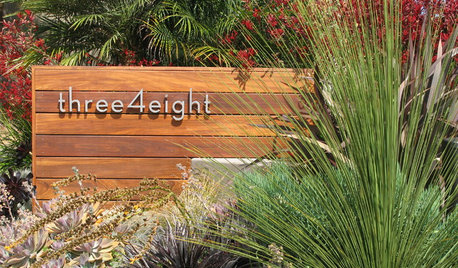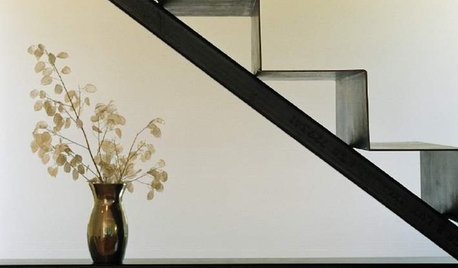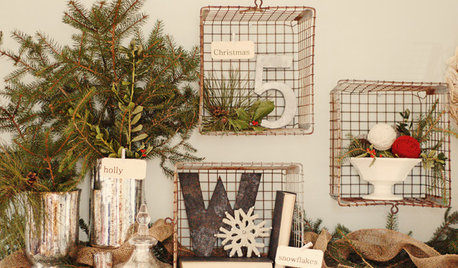Effect of thick basal plates, and what to do
Northern Gardener (3b west central MN)
3 years ago
Featured Answer
Sort by:Oldest
Comments (24)
Fred Biasella
3 years agolast modified: 3 years agoNorthern Gardener (3b west central MN) thanked Fred BiasellaNorthern Gardener (3b west central MN)
3 years agoRelated Discussions
Komoriya overgrown basal plates...
Comments (23)Aunt Jemima, I believe only one of these was offered and it went for big bucks!! Hopefully, next time they will have Dragon as well as several others that they didn't offer this time. Something to look forward to and it gives us all time to grow these bulbs on to see how they behave for us. Of the 17 that I bought only 1 is doing poorly, not a lost cause yet but tentative...the rest are all growing roots, leaves or both! One thing you might want to note about Dragon is that it appears to only put out 2 flowers per stalk, there are 3 stalks pictured in their stock photo. Obviousy it takes after one of it's parents, papilio... Donna This post was edited by dondeldux on Tue, Jul 9, 13 at 8:51...See MoreBasal plate?
Comments (11)Remember sellers are basically guaranteeing that: 1) Bulbs grow 2) Bulbs bloom 3) Blooms resemble the photo as represented So, reasons to ask for replacement or credit include (but are not limited to): 1) Bulb was frozen and turns to mush prompty! 2) Bulb is infected/infested with obvious disease upon receipt 3) Bulb doesn't grow 4) Bloom doesn't look anything like the named hybrid you bought! There are more reasons, but these are the basics. Remember, if you are going to ask for a replacement bulb, be sure to document the problem with photos and provide those at the time you make your complaint. Kristi This post was edited by kaboehm on Thu, Nov 6, 14 at 19:00...See MoreTo cut or not to cut basal plate...
Comments (41)After reading this post, I remembered that one of the bulbs I got from Corpus looked like the photo posted. Since these bulbs were so much smaller than the San Antonio, bulbs, I went and pulled up some bulbs, and it was Lady Jane, I cut the basal plate, just like the picture, its drying out. One thing I noticed was when I got the bulb it had alot of roots, when I dug it up, the roots were almost gone. The other bulbs even had little offshoots coming out the side. Thank you, for posting this, I know this bulb will do so much better, now that it has been trimmed. This was the only bulb out of the 41 I got at Lowes, that looked like this. I started reading this forum, when I was looking for amaryllis, and have learned so much, from reading your post. Barbra...See Moreurginea/ drimia maritima growing/ basal plate question
Comments (0)I bought an urginea bulb about three weeks ago. im told its about ten years old and weighs about five pounds. I planted it as soon as I got it but today I noticed my dog digging at it. it was loose so when I lifted it up it came right out of the soil. no roots have grown and the basal plate is like an inch thick. should I trim it? ive never grown these before, I was told they like dry conditions but to water it once when planting. do I just need to wait longer...See Morepetrushka (7b)
3 years agoFred Biasella
3 years agopetrushka (7b)
3 years agolast modified: 3 years agoBrian Sakamoto (10a, CA, USA)
3 years agoNorthern Gardener (3b west central MN)
3 years agopetrushka (7b)
3 years agoNorthern Gardener (3b west central MN)
3 years agopetrushka (7b)
3 years agojstropic (10a)
3 years agopetrushka (7b)
3 years agolast modified: 3 years agoNorthern Gardener (3b west central MN)
3 years agocatsandhippies
3 years agoFred Biasella
3 years agoNorthern Gardener (3b west central MN)
3 years agoFred Biasella
3 years agoHU-102354830
3 years agocatsandhippies
3 years agolast modified: 3 years agoHU-102354830
3 years ago
Related Stories

BUDGET DECORATING8 Cost-Effective Ways to Get a High-End Look
Don’t discount that expensive material yet. By using a small amount in a strategic way, you can get a luxurious look without the expense
Full Story
GREEN BUILDINGInsulation Basics: Heat, R-Value and the Building Envelope
Learn how heat moves through a home and the materials that can stop it, to make sure your insulation is as effective as you think
Full Story
KITCHEN BACKSPLASHESWhy You Should Embrace a Solid Slab Backsplash
The effect is stunning, and yet the cost can be minimal. Here’s what to know about using full slabs of stone in your kitchen
Full Story
MOST POPULARKitchen of the Week: Broken China Makes a Splash in This Kitchen
When life handed this homeowner a smashed plate, her designer delivered a one-of-a-kind wall covering to fit the cheerful new room
Full Story
MATERIALSShow Off the Bones of Your Home With Exposed Finishes
There can be beauty in raw materials. Display them with care, and the effect is surprisingly warm and welcoming
Full Story
LIFEHow Your Landscaping Can Keep Burglars Away
Prevent home break-ins with strategic landscaping and good practices instead of menacing — and maybe less effective — measures
Full Story
ACCESSORIES8 Low-Cost Luxuries With a Big Payoff
Consider the small stuff — like switch plates and throw pillows — to give your home a touch of class
Full Story
REMODELING GUIDESArtful Stairs: Continuity in Steel
Ribbonlike Stairs of Steel Seem to Nearly Float on Air
Full Story
DECORATING GUIDESConquer That Blank Wall With a Versatile Picture Ledge
Turn a dull spot into your own personal art gallery with shallow shelves displaying artwork you can swap out on a whim
Full Story
HOLIDAYSHave Yourself a Rustic Christmas
Conjure a Yuletide on the prairie with plentiful greenery and other country-style holiday decorations
Full StorySponsored
More Discussions



jstropic (10a)